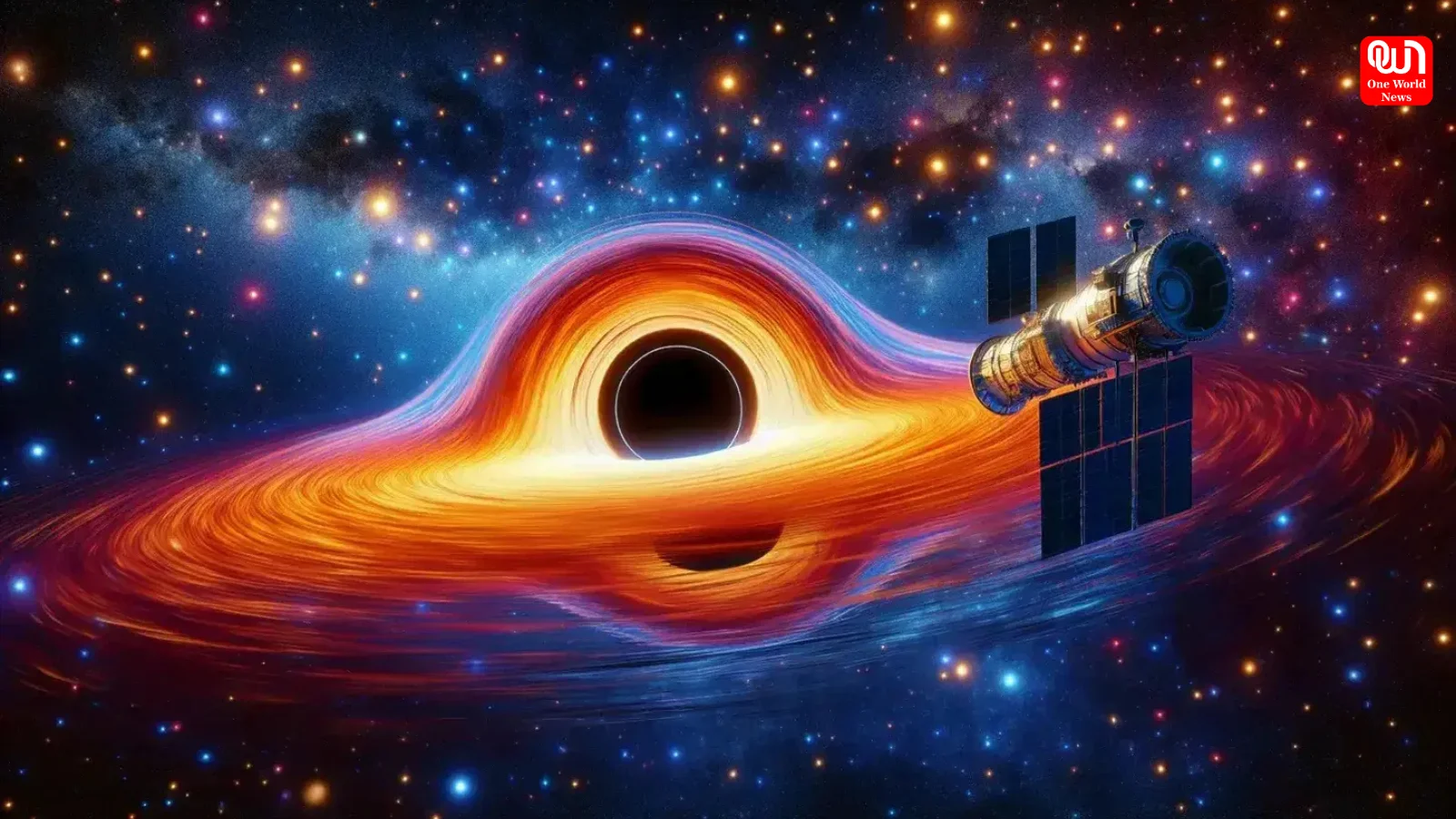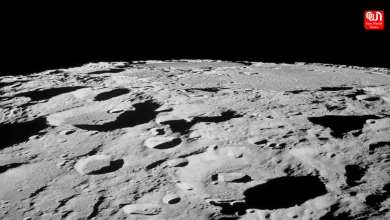Cosmic Enigmas: Unraveling the Mysteries of Black Holes
Explore the mysteries of black holes, from their formation to their role in the cosmos, and uncover their profound implications for space and time.
Cosmic Enigmas: Exploring the Mysteries of Black Holes and Their Profound Impact on the Universe
Black holes are probably one of the most mysterious phenomena that exist in the universe. The existence of black holes tests our understanding of space, time, and physical laws. Such cosmic objects are born from remnants of massive stars. Scientists, along with other interested people, are fascinated by such objects. Though they bear the name, black holes are not empty vacuums, but regions in spacetime where gravity is so intense that not even light escapes. This article explores the nature, birth, and mystification of black holes, describing their role in the cosmos as well as in the future for astrophysicists to pursue.
How Black Holes are Born: A Star Dies in a Ball
Black holes come into being when a gigantic star has its final stages in life. Throughout its life, when the star explodes with nuclear fusions, then there is equal balance between this pressure and that which pulls toward gravity. However, this balance collapses once the star runs out of its nuclear fuel. In the case that the star is sufficiently massive, its core would collapse under gravity force, causing a singularity-a point of infinite density and hence creating a black hole. The event horizon, a boundary, surrounds this singularity where nothing can turn back.
Read more: Unlocking Happiness in Marriage: 3 Key Principles for a Joyful Life Together
Black Holes Types: From Stellar to Supermassive
There exist different types of black holes that vary in their sizes. The most commonly found black hole is the stellar one, formed due to the collapse of a star. Stellar black holes range between three and ten times the Sun’s mass. Intermediate black holes are much less known, possibly a link between the stellar and supermassive ones.
Supermassive black holes, found at the centers of most galaxies, including our Milky Way, are millions to billions of times more massive than the Sun. Their origin remains a mystery, with theories suggesting they may grow from stellar black holes or form directly from massive gas clouds in the early universe. Finally, primordial black holes, a hypothetical type, may have formed shortly after the Big Bang.
Black Holes and Spacetime: Warping Reality
Albert Einstein’s theory of general relativity predicted the existence of black holes. According to the theory, these are regions where spacetime is curved to extreme degrees. A black hole is a region where the gravitational pull is so immense that it can bend light and distort time. Near the event horizon, time slows down relative to an outside observer—a phenomenon known as time dilation.
This warping of spacetime has very interesting implications. For example, black holes can act as gravitational lenses, magnifying and bending light from distant stars and galaxies. This effect allows astronomers to study objects that would otherwise be invisible.
The Power of Observation: Detecting the Invisible
Despite their darkness, black holes reveal themselves through their interactions with surrounding matter. When a black hole captures surrounding gas or stars, the captured material forms an accretion disk that heats up and releases intense X-rays before crossing the event horizon. Scientists also find black holes by detecting gravitational waves—ripples in spacetime caused by events such as the merger of two black holes. These waves were first detected in 2015 and have ushered in a new era of astrophysics, directly demonstrating the existence of black holes.
Mysteries and Questions: What We Still Don’t Know
Black holes are mysterious entities that force us to raise some fundamental questions about physics. What happens at the other end of the horizon? Are they perhaps gates or doors to another universe or dimensions, as suggested by some theoretical speculations? The singularity concept where densities are infinite can be regarded as violating all principles of physics we have ever established. Quantum reconciliation with such a scenario is the biggest challenge that science has thrown at its minds.
But a significant role remains for black holes in the understanding of galaxy formation. Supermassive black holes are believed to interact with and even control star formation in the host galaxies while, at the same time, driving galactic evolution, yet how this takes place is unknown.
read more: Know Animals That Survive Without Oxygen
Black Holes and Humankind: Exploration Ahead
The study of black holes has far-reaching implications for humanity’s understanding of the cosmos. As technology advances, as in the case of the Event Horizon Telescope that captured the first image of a black hole in 2019, scientists continue to find new insights. Future missions may reveal even more about these cosmic enigmas, shedding light on the origins of the universe and the ultimate fate of spacetime.
Conclusion: The Eternal Allure of Black Holes
Black holes have become a tribute to the cosmos’s ability for mystery and wonder. By exploring their nature, we can be at the threshold of uncovering discoveries that could change how we understand our reality. Beginning from their generation to their intense implications on the cosmos and spacetime, black holes are much more than cosmological anomalies: they are what unlock the most profound mysteries within the universe itself.
We’re now on WhatsApp. Click to join.
Like this post?
Register at One World News to never miss out on videos, celeb interviews, and best reads.








